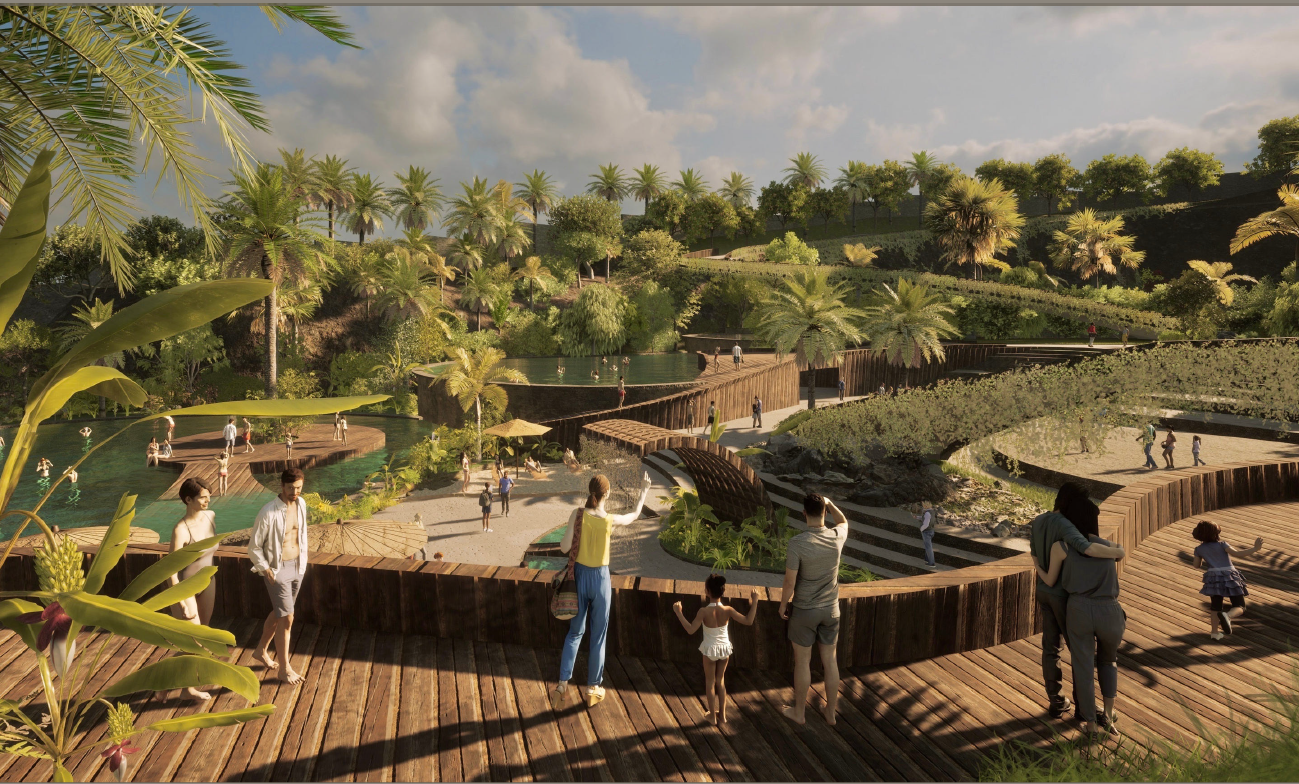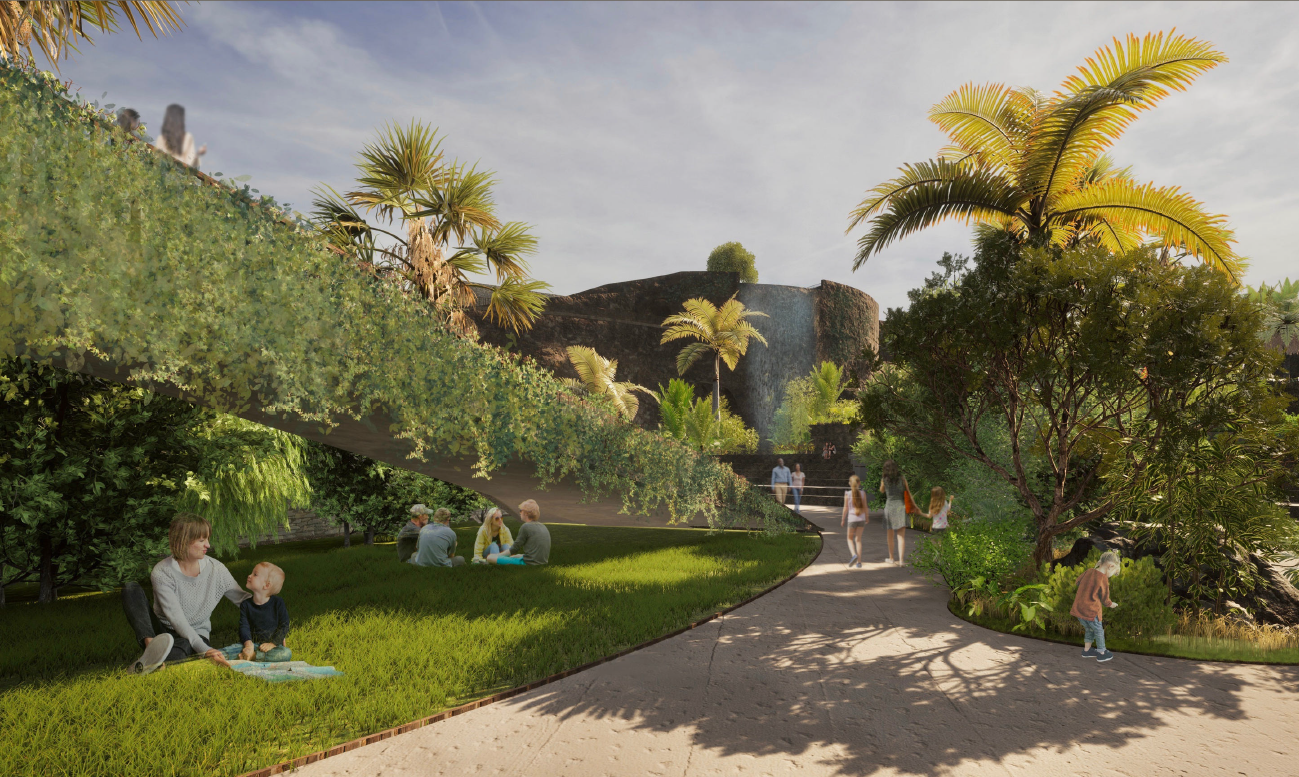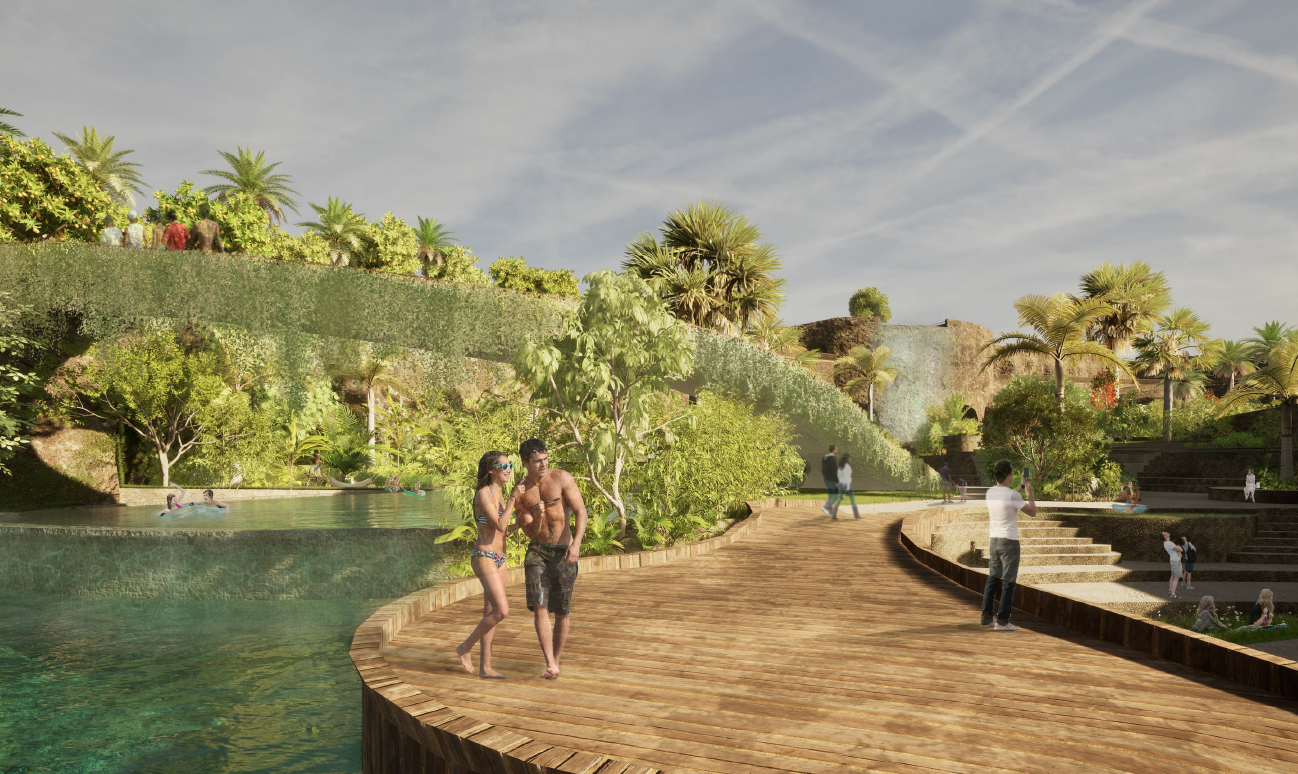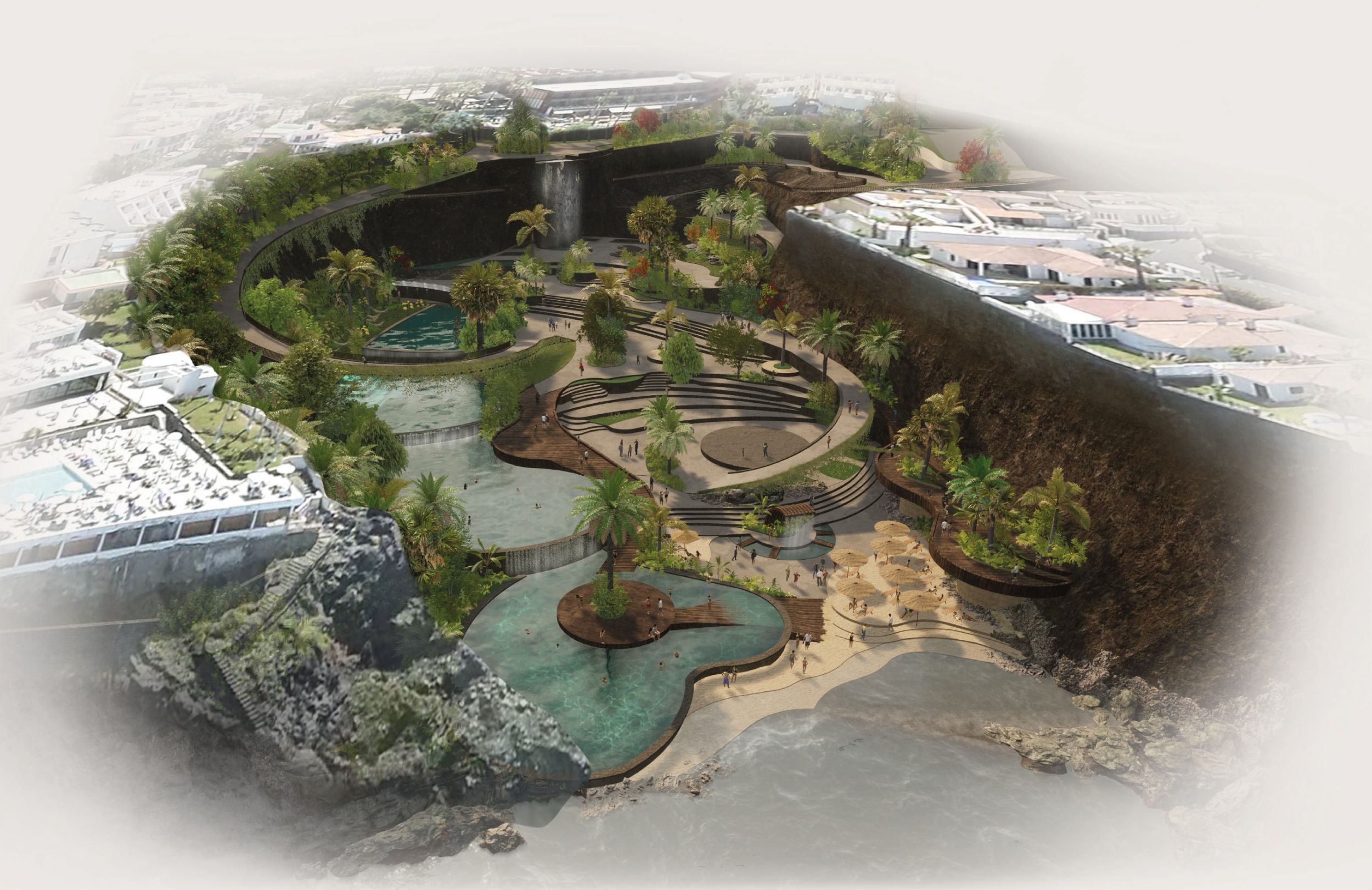The Lermes Ravine project, whose construction work is expected to begin shortly, includes the creation of more than 400 parking spaces in Los Gigantes.
The project aims to create a sustainable urban space with recreational areas, green spaces, and infrastructure facilities for the community; its implementation is aligned with the goals of sustainability, resilience, and social cohesion.
The Lermes Ravine urban park project in Los Gigantes, which will create more than 400 parking spaces, is about to begin construction. It covers a total area of approximately 23,000 m² and also includes the environmental and landscape rehabilitation of the ravine, creating a sustainable urban space with recreational areas, green areas, and infrastructure facilities for the community, aligned with the goals of sustainability, resilience, and social cohesion.
This project, with a budget of €6,619,931.91, will be funded by the Recovery, Transformation, and Resilience Plan - funded by the European Union - Next Generation EU.
This is a vitally important infrastructure project as it will alleviate the shortage of parking and improve mobility in the area, in addition to revitalizing the area with the other tourism and leisure projects planned for the ravine as part of the municipal strategy to improve the tourism and environmental competitiveness of the Los Gigantes-Puerto de Santiago coastline.
The project, awarded to ASCH INFRAESTRUCTURAS Y SERVICIOS, S.A., also includes urban development, landscaping, and construction work to rehabilitate the access area to the sun terrace. The landscape regeneration of the slope, including connecting routes to the city center and access to the park, the rehabilitation of the ravine floor for recreational and restoration programs, and an open modal interchange connecting coastal leisure activities via shuttle.
In addition, this site will become an urban green lung that, in addition to essential natural areas, will feature services, walkways, and equipment that facilitate sports and family entertainment, as well as vegetation arranged for ecological and recreational use, such as shade trees in rest areas, dividers and sections of shrubs, and viewpoints for enjoying the landscape.
 |
 |
 |

